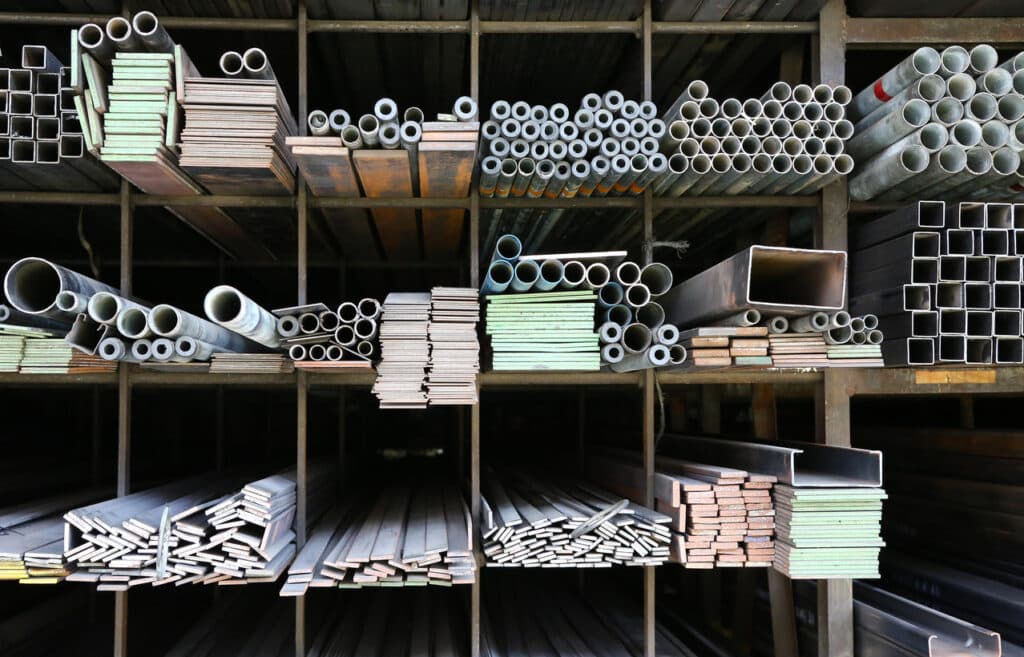
- Massive Range
- FREE UK Delivery
- Rapid Dispatch
- Massive Range
- FREE UK Delivery
- Rapid Dispatch
- Massive Range
- FREE UK Delivery
- Rapid Dispatch
Home » From Coins to Cables: The Diverse Uses and Benefits of Copper in Everyday Life
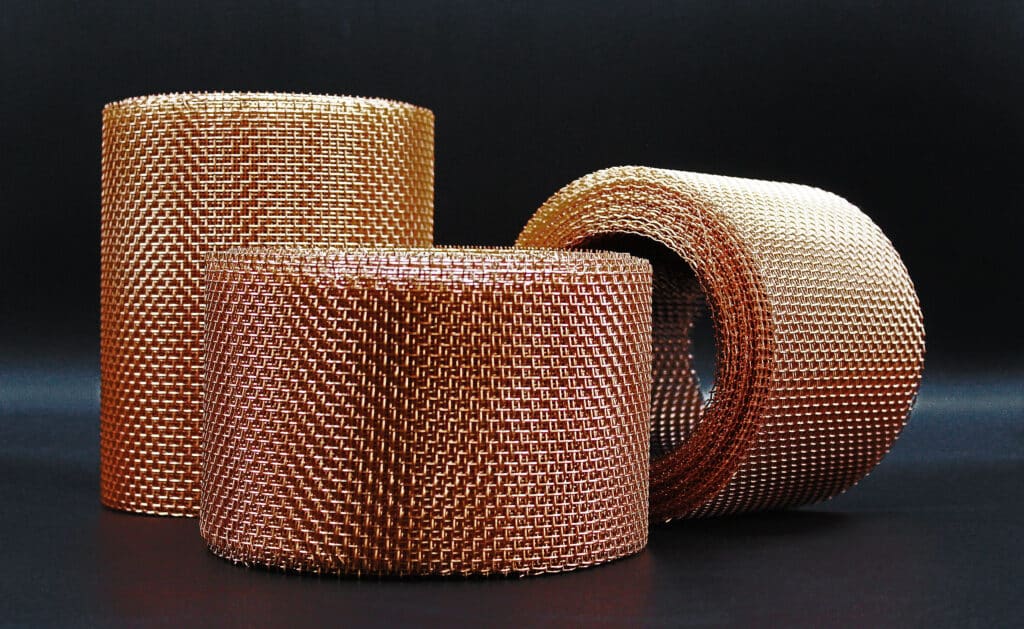
Copper, one of the oldest metals known to humanity, has continued to play a significant role throughout history. From the early days when ancient civilizations used it to create coins, tools and artworks, to its modern applications in construction, technology and even health, the versatility of this reddish-brown metal cannot be overstated. This blog delves into the myriad uses of copper in our daily lives, highlighting its benefits and importance in various sectors.
Copper boasts a range of properties that make it highly sought after for various applications. From the coins jingling in our pockets to the devices we can’t live without, copper’s presence is felt everywhere. Its diverse uses in everyday life are a testament to its unmatched properties and benefits. As we evolve and innovate, one thing remains constant: the enduring value of copper in shaping our world.
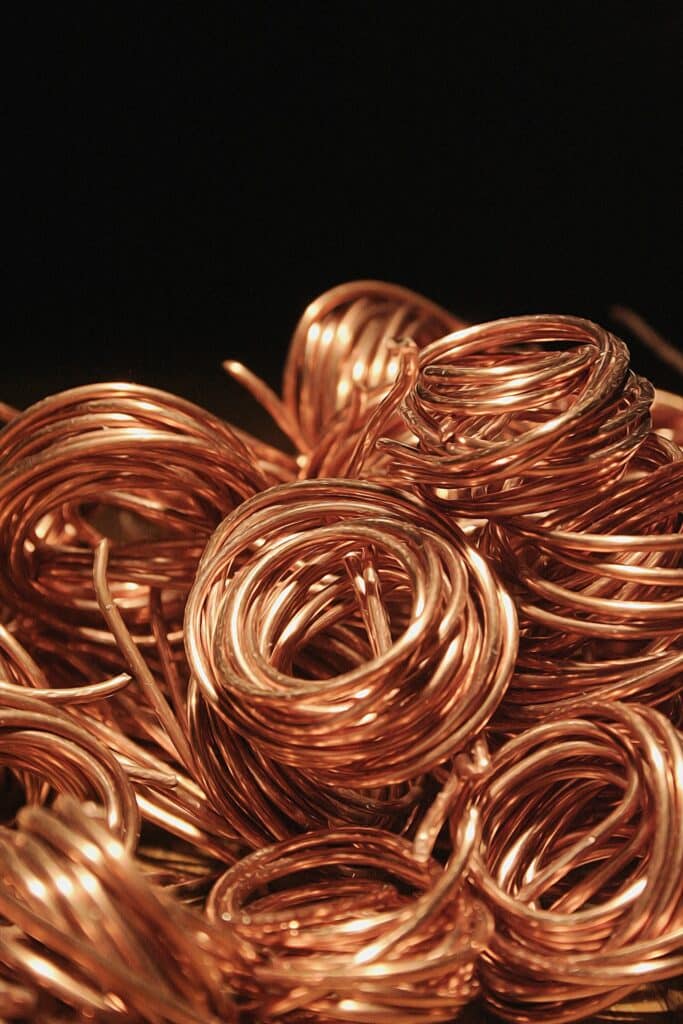
Coins and Currency Perhaps the most ancient and well-recognised use of copper is in the minting of coins. For millennia, copper has been used either in its pure form or as an alloy to produce money. The reasons? Copper’s malleability makes it easy to mint, its durability ensures long-lasting coins and its natural antibacterial properties reduce the transmission of germs.
Construction and Architecture The aesthetic appeal of copper, combined with its resistance to corrosion, has made it a favorite in the construction sector. Whether in roofing, plumbing or as decorative elements, copper lends longevity and beauty. Its greenish patina, developed over time, gives historic buildings their iconic look, signifying both age and elegance.
Electrical Applications One of copper’s standout qualities is its high electrical conductivity. This property has cemented its place in the production of electrical wires and cables. The efficiency with which copper transmits electricity reduces energy loss, making our gadgets and appliances more efficient and sustainable.
Technology and Electronics Beyond just electrical wiring, copper finds its way into almost every piece of tech we use. From the circuit boards in our computers to the batteries in our smartphones, copper’s conductive properties make it an integral component. As technology advances, the demand for this metal, especially in miniaturized components, continues to grow.
Cookware and Kitchenware The culinary world has a deep appreciation for copper pots and pans. Copper’s superior heat conductivity ensures even cooking and rapid heating, making it a favorite among professional chefs and cooking enthusiasts alike. Additionally, the metal’s antimicrobial properties offer an added layer of food safety.
Transportation In the transportation sector, especially in electric vehicles (EVs), copper plays a pivotal role. EVs require significant amounts of copper for their batteries, motors and wiring. As the world moves toward sustainable transportation, the demand for copper is expected to soar.
Art and Decor Due to its malleability and beauty, artists and craftsmen have chosen copper as their medium for centuries. Whether it’s sculptures, jewelry or decorative home items, copper brings warmth and a unique aesthetic appeal.
Slug Control Copper is a natural, eco-friendly deterrent for slugs. When slugs touch copper, they experience a deterring electrical charge. Gardeners often use copper tape or rings around plants to repel these pests without chemicals, making it a favorite in organic gardening for its long-lasting effectiveness.
Electrical Conductivity: Copper is renowned for its excellent electrical conductivity, making it a primary choice for electrical wiring, components and circuitry.
Thermal Conductivity: Its ability to transfer heat efficiently is exploited in applications like cookware, heating systems and in thermal management of electronics.
Corrosion Resistance: Copper resists corrosion, especially when exposed to water. It forms a green patina (a layer of verdigris) when exposed to the elements over time, which further protects it from corrosion.
Antimicrobial Properties: Studies have shown that copper surfaces can kill bacteria, fungi and viruses, which can help reduce the spread of infectious diseases. This has led to its use in hospital touch surfaces, doorknobs and handrails.
Malleability and Ductility: Copper is easy to shape and stretch, making it a favored material for artisans and industries alike.
Sustainability: Copper is 100% recyclable without any loss of its intrinsic properties. Recycling copper requires significantly less energy than mining new copper, which is good for the environment.
Durability: Copper structures and installations can last for decades, if not centuries, reducing the need for replacements and maintenance.
Alloying Capability: Copper can be combined with other metals to create alloys like bronze (copper and tin) and brass (copper and zinc) that have unique properties, expanding its range of applications.
Heat Resistance: Copper can withstand and maintain its properties under high temperatures, which is vital in various industrial applications.
Aesthetic Appeal: With its distinctive color and ability to develop a patina over time, copper is often chosen for decorative purposes in architecture, jewelry and art.

Verdigris is a bright bluish-green encrustation or patina formed on copper or brass by atmospheric oxidation, consisting of basic copper carbonate. The term “verdigris” comes from the Old French “vertegrez,” meaning “green of Greece.” This name likely originated from its extensive use in ancient Greek art and sculpture.
Formation: Verdigris forms when copper or its alloys (like brass and bronze) are exposed to the atmosphere over time. It’s a result of the metal reacting with oxygen, carbon dioxide and other compounds in the air, especially in the presence of moisture or sea air. It can form more quickly in coastal or heavily polluted environments.
Uses in Art and Craft: Historically, verdigris was used as a pigment in paintings and other art forms due to its vibrant green color. However, because it’s corrosive, its use could damage the artwork over time.
Protective Nature: While verdigris is a sign of corrosion, it can act as a protective layer for copper objects. Once formed, it can help shield the underlying metal from further corrosion, especially in the case of architectural elements like roofs or statues.
Health Concerns: It’s essential to note that verdigris can be toxic if ingested. In the past, when it was used in cosmetics and medicines, many health issues arose. Today, its use in applications involving direct human consumption is limited.
Removal and Prevention: For those looking to maintain the original appearance of copper items, verdigris can be removed using various cleaning methods and solutions, including vinegar or lemon juice mixed with salt. To prevent its formation, one can apply protective coatings or lacquers to the copper surface.
Cost: Often more expensive than other metals like aluminum.
Softness: Less strength compared to some other metals, making it prone to deformation under high stress.
Reactivity: Reacts with certain substances, potentially causing corrosion in specific environments.
Oxidation: While patina (like verdigris) can be protective, it might be undesirable for certain applications or aesthetics.
Environmental Impact: Mining and refining copper can have significant environmental consequences if not managed properly.
Heat Expansion: Copper can expand under high temperatures, potentially causing issues in precise environments.
As always, thank you for checking out our blog. We hope that this helps you with your project.
Please also check out the other articles in our helpful guide series. We have written about ‘bending copper sheet’ recently so why not check it out.
We are also proud to sell this product on our highly popular eBay store, check us out there too.
If you have any further questions, feel free to contact us.

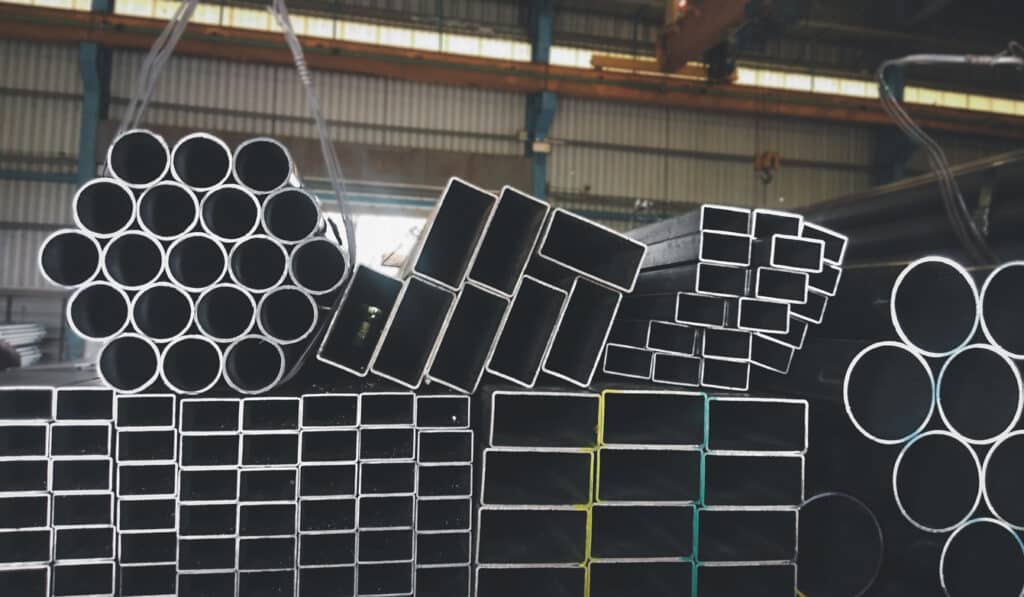
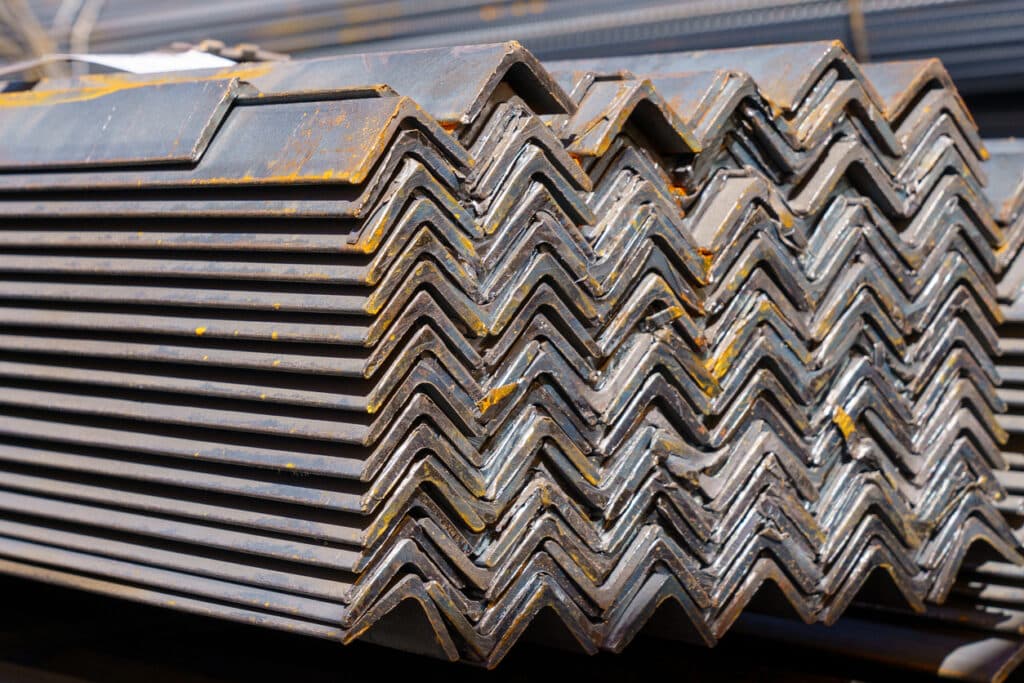
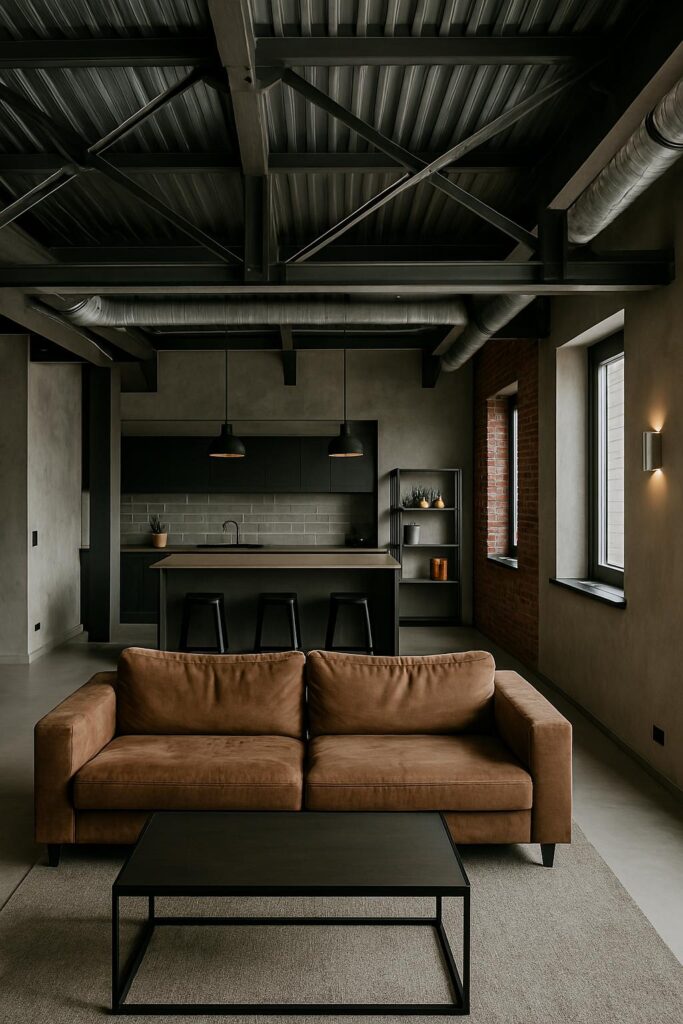
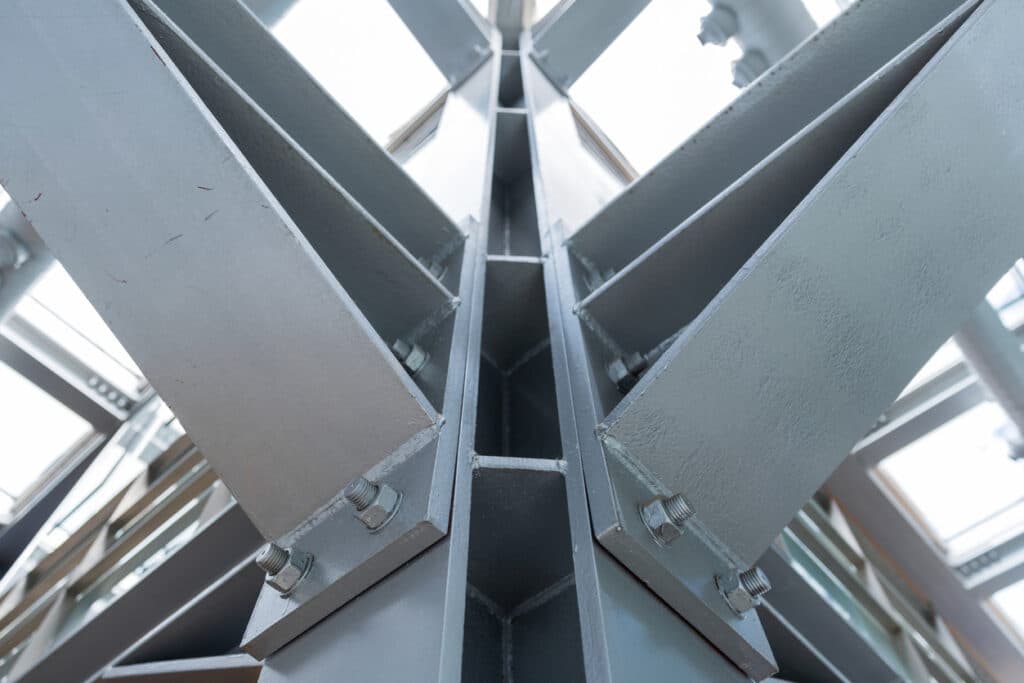
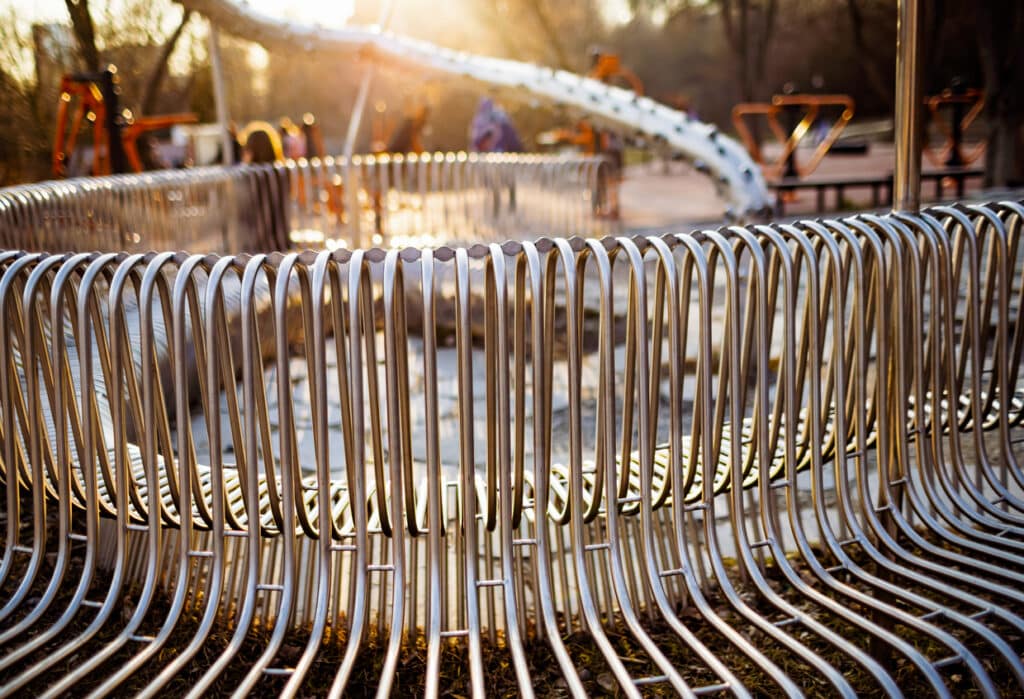
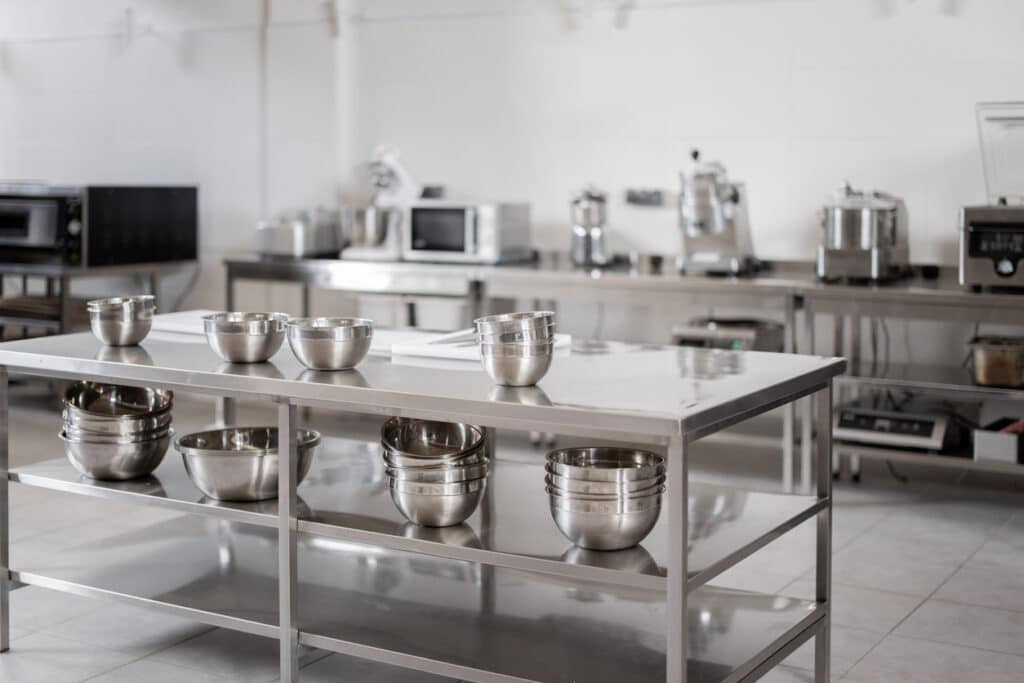
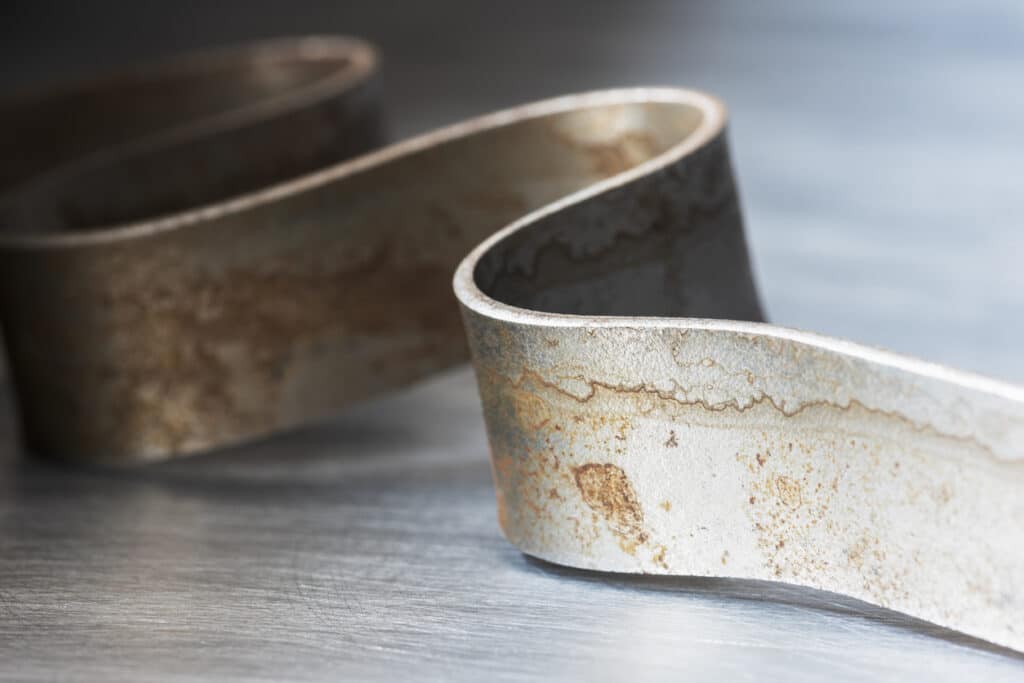
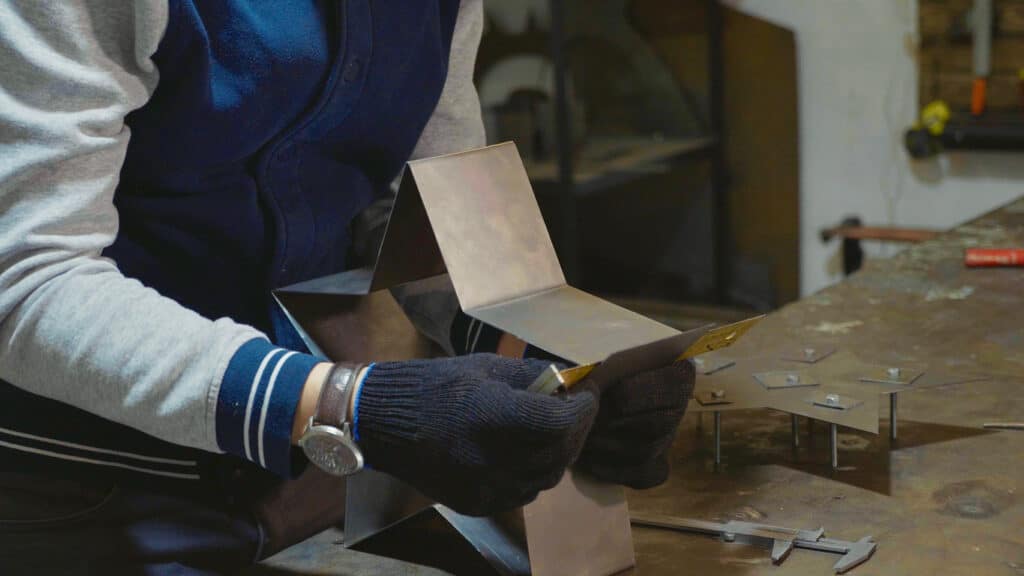
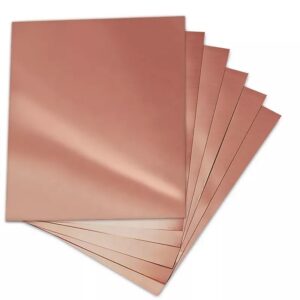




Speciality Metals
Unit 1, Farrell Street, Warrington,
Cheshire, WA1 2WW, United Kingdom
Quick Links
Payment Options
